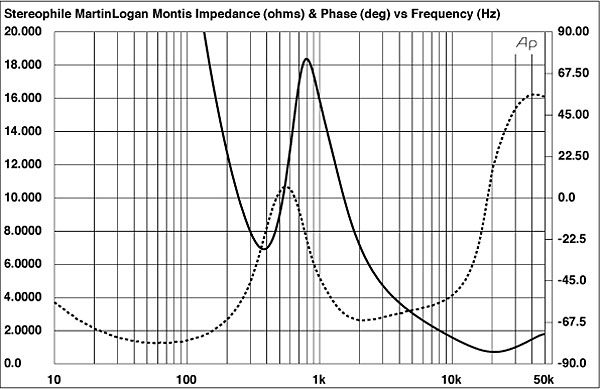There are any number of threads asking whether the Ok-Kokey 500 or whatever will deliver enough power.
To be contentious I think this is largely bulls**t. When I ramped my previous PM6004 up a bit my neighbour (long gone thank God) said it shook a mirror off her wall (she had a broken mirror to prove her point). If I put my current amp (which some posters imply can't power my speakers) at 11 o'clock the floor shakes!
As I post I'm listening to ABBA Gold at 9:30 on the volume control and it's at the limit of how loud I can listen.
Is this a generational thing? My hearing is much reduced due to age but either younger listeners are conditioned to listened at much higher volumes or they are even more deaf than me (maybe due to listening to over-loud music).
Discuss!
Chris
To be contentious I think this is largely bulls**t. When I ramped my previous PM6004 up a bit my neighbour (long gone thank God) said it shook a mirror off her wall (she had a broken mirror to prove her point). If I put my current amp (which some posters imply can't power my speakers) at 11 o'clock the floor shakes!
As I post I'm listening to ABBA Gold at 9:30 on the volume control and it's at the limit of how loud I can listen.
Is this a generational thing? My hearing is much reduced due to age but either younger listeners are conditioned to listened at much higher volumes or they are even more deaf than me (maybe due to listening to over-loud music).
Discuss!
Chris




